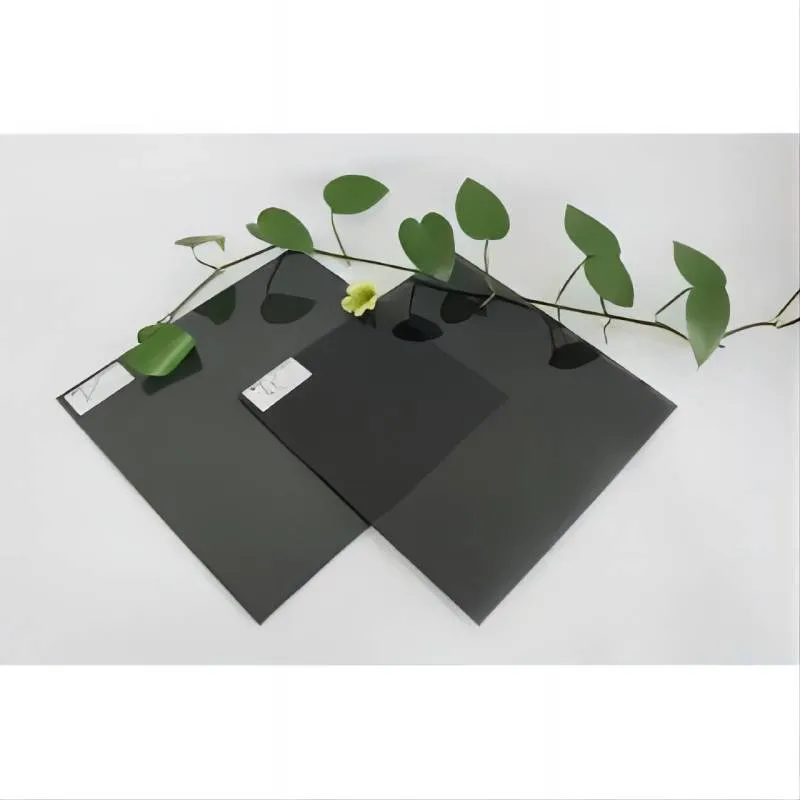Types of Architectural Glass
Architectural glass plays a vital role in modern building design, enhancing both aesthetics and functionality. There are several types of architectural glass, each with unique properties and uses that cater to different needs and preferences in the construction industry.
One of the most common types is clear glass, which provides transparency and allows natural light to flow into buildings. It is often used in windows, facades, and doors. Clear glass is favored for its simplicity and ability to blend with various architectural styles, making it a versatile choice for residential and commercial buildings alike.
Types of Architectural Glass
Low-E (low emissivity) glass has a special coating that reflects infrared light, keeping heat inside during the winter and outside during the summer. This type of glass significantly improves the energy efficiency of buildings and is increasingly chosen for eco-friendly designs. Its application can reduce overall energy costs and promote sustainability in architecture.
types of architectural glass
Laminated glass consists of two or more layers of glass with an interlayer that holds them together. This type of glass is known for its strength and safety. In the event of breakage, the glass fragments adhere to the interlayer, reducing the risk of injury. Laminated glass is commonly used in facades, skylights, and areas requiring sound insulation due to its ability to dampen noise.
Fritted glass incorporates a ceramic paint that is baked onto the surface. This process not only adds color and texture but also creates a degree of opacity, offering privacy without sacrificing light. Fritted glass is often used in facades and railings, providing a stylish element while reducing solar gain.
Lastly, smart glass, or switchable glass, is a cutting-edge technology that can change from transparent to opaque with the application of electricity. This feature allows for greater control of light and privacy, making it ideal for conference rooms and luxury residences.
In summary, the variety of architectural glass types available today allows architects and builders to select materials that meet specific aesthetic and functional needs. From enhancing energy efficiency to providing safety and privacy, architectural glass is an essential element in modern design, shaping the environments in which we live and work.
 Afrikaans
Afrikaans  Albanian
Albanian  Amharic
Amharic  Arabic
Arabic  Armenian
Armenian  Azerbaijani
Azerbaijani  Basque
Basque  Belarusian
Belarusian  Bengali
Bengali  Bosnian
Bosnian  Bulgarian
Bulgarian  Catalan
Catalan  Cebuano
Cebuano  Corsican
Corsican  Croatian
Croatian  Czech
Czech  Danish
Danish  Dutch
Dutch  English
English  Esperanto
Esperanto  Estonian
Estonian  Finnish
Finnish  French
French  Frisian
Frisian  Galician
Galician  Georgian
Georgian  German
German  Greek
Greek  Gujarati
Gujarati  Haitian Creole
Haitian Creole  hausa
hausa  hawaiian
hawaiian  Hebrew
Hebrew  Hindi
Hindi  Miao
Miao  Hungarian
Hungarian  Icelandic
Icelandic  igbo
igbo  Indonesian
Indonesian  irish
irish  Italian
Italian  Japanese
Japanese  Javanese
Javanese  Kannada
Kannada  kazakh
kazakh  Khmer
Khmer  Rwandese
Rwandese  Korean
Korean  Kurdish
Kurdish  Kyrgyz
Kyrgyz  Lao
Lao  Latin
Latin  Latvian
Latvian  Lithuanian
Lithuanian  Luxembourgish
Luxembourgish  Macedonian
Macedonian  Malgashi
Malgashi  Malay
Malay  Malayalam
Malayalam  Maltese
Maltese  Maori
Maori  Marathi
Marathi  Mongolian
Mongolian  Myanmar
Myanmar  Nepali
Nepali  Norwegian
Norwegian  Norwegian
Norwegian  Occitan
Occitan  Pashto
Pashto  Persian
Persian  Polish
Polish  Portuguese
Portuguese  Punjabi
Punjabi  Romanian
Romanian  Russian
Russian  Samoan
Samoan  Scottish Gaelic
Scottish Gaelic  Serbian
Serbian  Sesotho
Sesotho  Shona
Shona  Sindhi
Sindhi  Sinhala
Sinhala  Slovak
Slovak  Slovenian
Slovenian  Somali
Somali  Spanish
Spanish  Sundanese
Sundanese  Swahili
Swahili  Swedish
Swedish  Tagalog
Tagalog  Tajik
Tajik  Tamil
Tamil  Tatar
Tatar  Telugu
Telugu  Thai
Thai  Turkish
Turkish  Turkmen
Turkmen  Ukrainian
Ukrainian  Urdu
Urdu  Uighur
Uighur  Uzbek
Uzbek  Vietnamese
Vietnamese  Welsh
Welsh  Bantu
Bantu  Yiddish
Yiddish  Yoruba
Yoruba  Zulu
Zulu 

